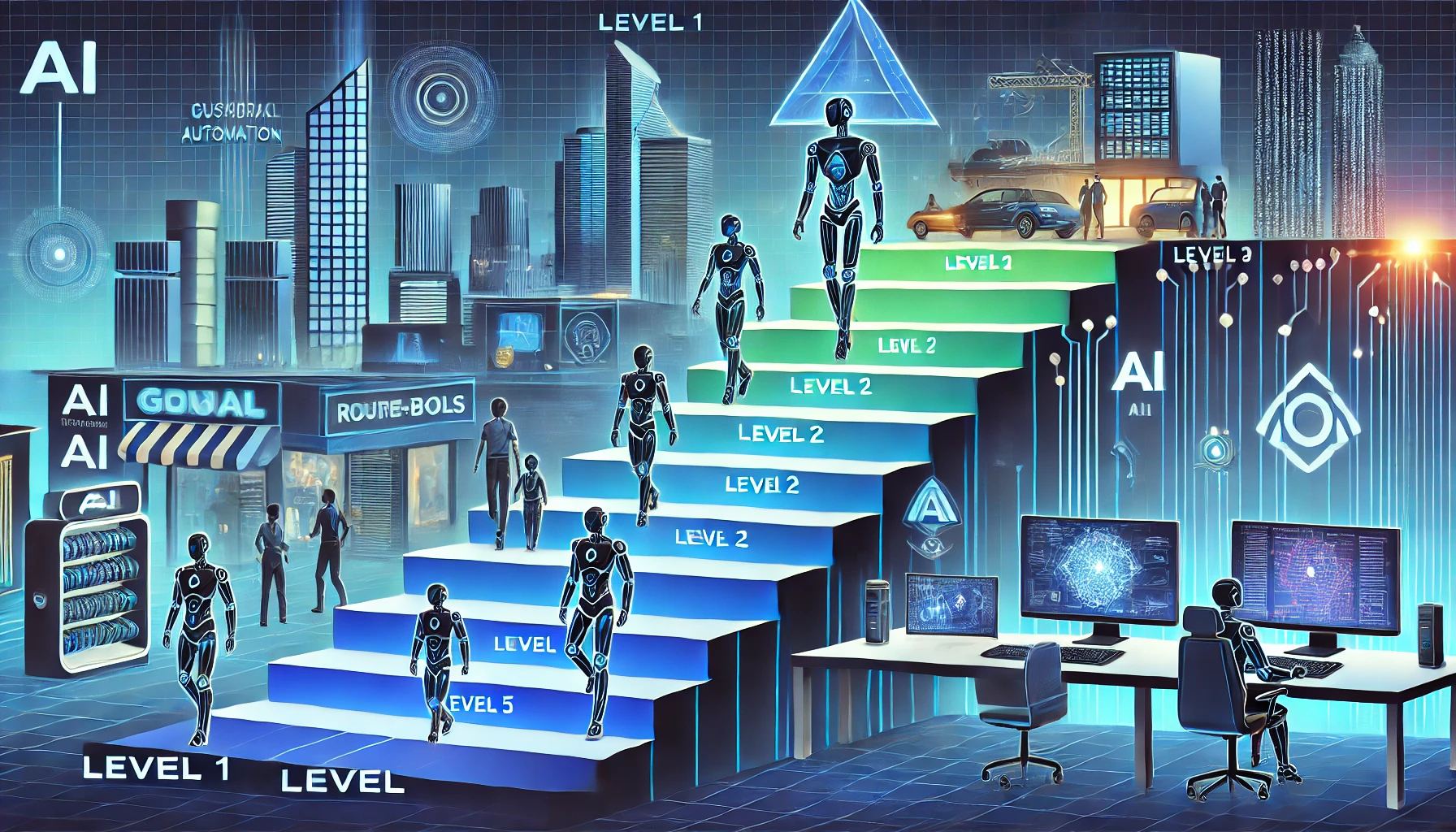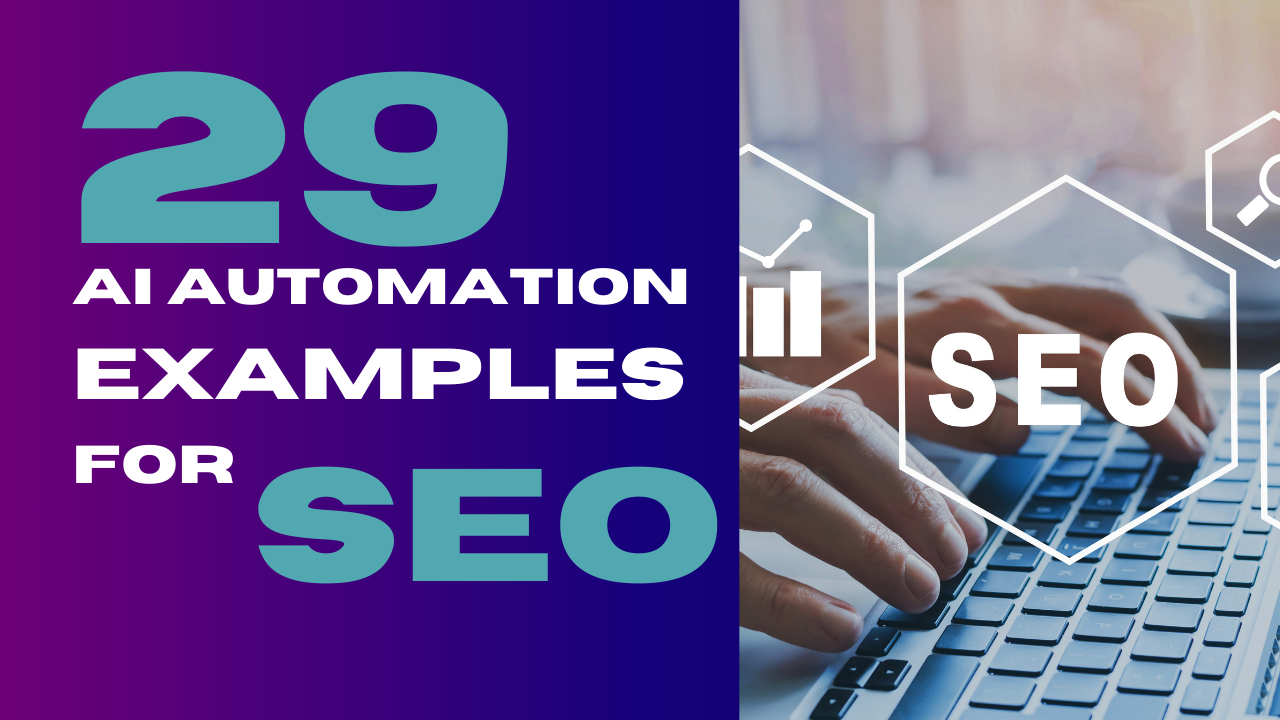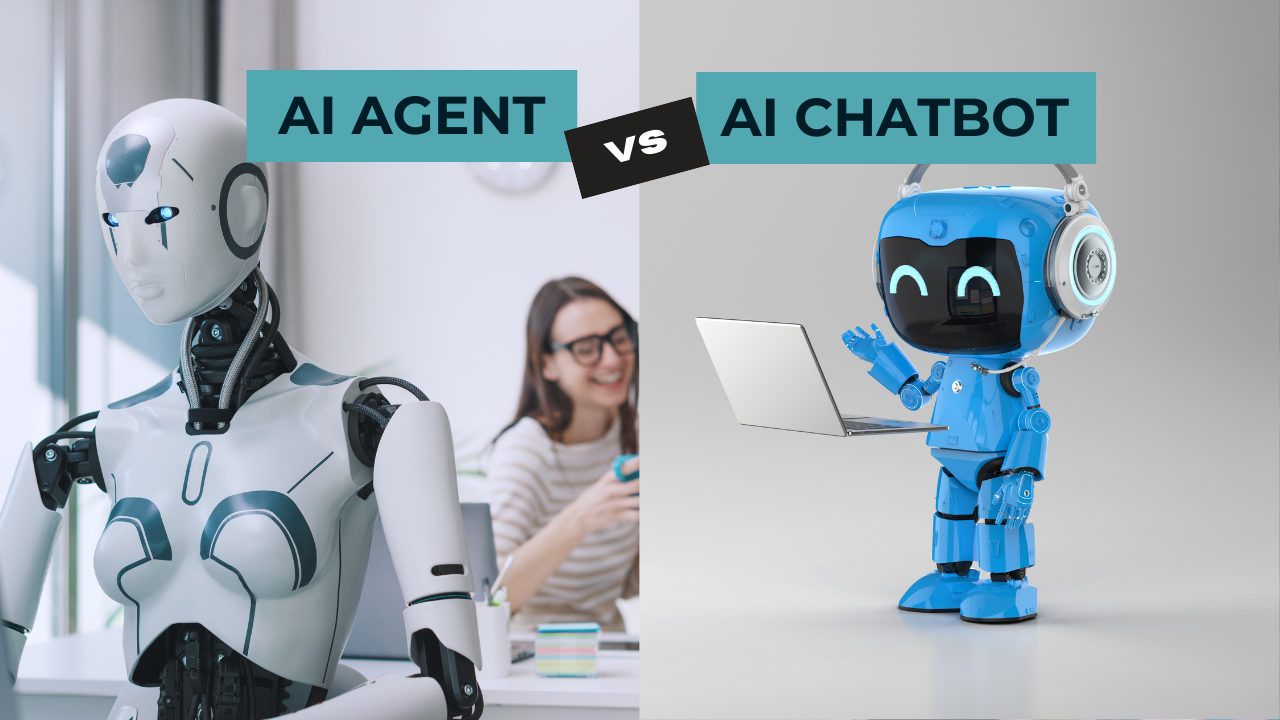“We don’t need to work any more. AI is going to do everything for us.” – That is probably something we might be able to say one day in the (far) future. And, although it sounds like it’s a quote from a random science fiction book, there’s already some truth to it.
However, AI Automation is not this “everything solution” that you can simply plug into a company and it will do everything.
In fact, it has multiple distinct levels to it, that basically describe the autonomy of AI in a business. Let’s look at the different levels of AI Automation together.
Table of Contents
ToggleReference Use Case – Customer support
To easier understand the different levels of Automation, I will take a use case that will be consistent over all levels of AI Automation.
Customer Support is, in my opinion, one of the easiest to understand and most commonly known business areas.
Almost every business needs customer support as a way to communicate with customers, take users requests, help with issues, and solve basic problems or triage.
Level 0 – No Automation
Level 0 is our baseline when looking at AI Automations. Every task is being done manually and humans have full control over every workflow.
Example of no automations in Customer Support
Basically, this means that every phone call and every email is being processed manually. When a customer calls, the customer support employee has to pick up the phone and help the customer. If there are follow up tasks, the employee has to take care of it.
Level 1 – Logic-based Automation
The first level of AI Automation is logic-based automation. Although, there’s no real artificial intelligence in place I still count it as the first level because it’s some kind of defined intelligence.
What I mean by that: Some (repetitive) tasks are deterministic and need to follow specific, logical rules.
The ability to follow these rules without human intervention is what it makes a defined intelligence for me.
Example of logic-based automations in Customer Support
Nowadays, logic-based automations are already a set part in customer support. Usually, it includes all the tasks that are repetitive and don’t need any advanced decision making.
One example might be an automatic ticket creation workflow after receiving an email in the support inbox.
Level 2 – General AI Tools & LLMs
The second level of AI Automation are general AI tools & LLMs like ChatGPT. In this case, you leverage AI in your daily life.
These tools and LLMs are not specialized and not connected to any specific worklow.
Me, using CoPilot for coding, would be a second level of AI Automation.
Example of general AI tools & LLMs in Customer Support
In Customer Support, an employee might use ChatGPT to help draft an email or summarize some publicly available documentation.
Also, you could leverage AI to help you with prioritizing issues or help you with research.
Level 3 – Supportive AI Automation
Supportive AI Automation is the third level of AI Automation and it includes two major components.
- Custom-trained LLMs
- AI Chatbots
Custom-trained LLMs are the next evolution step of general LLMs. The difference is that you can teach the LLM on internal data, adjust it to internal workflows and make it more valuable for decision making.
These custom-trained LLMs can also be integrated into your own AI Chatbot. It can be either customer-facing or internal (or both) and answer company specific questions.
At this level of AI Automation, it can also take over basic decision making and be combined with logic-based automation, while the employee is still in charge of more complex decisions.
Example of supportive AI Automation in Customer Support
The most common implementation of this use case is a customer-facing AI Chatbot. It can be used as the first interaction point with customers and answer frequently asked questions about the company or the products/services.
Also, it can trigger some basic automations like scheduling, ticket creation or product recommendation.
Level 4 – Advanced AI Automation
The fourth level is advanced AI Automation. This is what is commonly known as AI Agents.
Basically, it’s a “next level AI Chatbot” that takes over more control and has more decision-making power in comparison to a Chatbot.
This requires a high level of trust as it is taking over a lot responsibility (and power) from humans to focus on the most valuable tasks like strategical business decisions.
Example of advanced AI Automation in Customer Support
An AI Agent in customer support would be “highly trained” and given the power to decide how to handle most customer requests.
It might be able to cancel orders, give out refunds or include other departments when it sees fit.
Overall, it would reduce the need for human intervention to a minimum.
Level 5 – Fully Autonomous AI Automation
The fifth level of AI Automation is what most people actually imagine when thinking about AI.
A completely autonomous machine that doesn’t require any human at all to function.
It is smarter than any human (for this specific task) and can take better decisions. The only human involvement would be reduced to technical observation tasks to make sure that the AI is running properly.
Example of fully autonomous AI Automation in Customer Support
In Customer Support, a fully autonomous AI Automation would make any human obsolete.
It could take care of any possible customer request and handle every situation better than a human could.
In addition, it would also have the power to decide everything.
Conclusion
As we’ve learned, AI Automation is not “everything” solution that can simply be plugged into a business and it will take over full control.
There are actually different levels of AI Automation that can be implemented into any business. The main difference of the levels is the power of decision making artificial intelligence gets.
You can integrate AI Automation early on by using ChatGPT or Copilot but they are not specialized and can only support you so much.
Training your own AI opens up a few more possibilites, like having a custom-trained Chatbot to improve your customer service or other business areas.
The more you trust your AI Chatbot, the more power/features you can give it so that, at some point, it will even turn into a sophisticated AI Agent which takes over most of the required tasks in the specific area.
Last but not least, and still a projection into the future, is a fully autonomous AI Automation that takes over full control of any business area you would like to integrate it.
So, the question is: How much power are you willing to give away?
Interesting ressources:
- SAE published an article about different automation level for autonomous driving in 2013.



